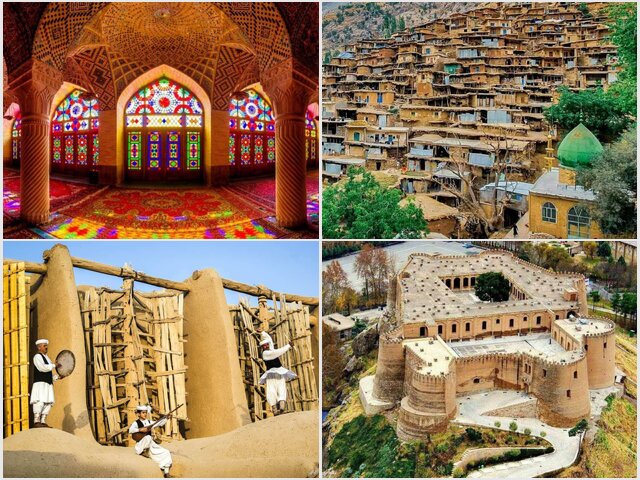Iran’s priorities for UNESCO listings unveiled

TEHRAN – Iran’s Cultural Heritage, Tourism, and Handicrafts Minister has implicitly unveiled the country’s top four candidates for possible UNESCO registrations.
Ali Darabi, the deputy minister for cultural heritage, prompted the speculations when he named four special assistants for developing dossiers and pursuing cultural heritage elements, ISNA reported on Friday.
The cited properties revolved around Iranian mosques, Persian Asbads (vertical windmills), the Masuleh cultural landscape and the Falak-ol-Aflak fortress.
Late in October, the tourism minister Ezzatollah Zarghami said his ministry seeks to win a UNESCO label for a selection of its historical mosques. “We in the Ministry of Cultural Heritage, Tourism and Handicrafts are compiling a dossier for [a selection of] historical mosques for [a possible] registration in UNESCO’s tangible World Heritage list,” Zarghami said.
The minister said mosques along with other religious places have long been a distinctive element of the Iranian culture that should be preserved. “In Iranian and Islamic culture, mosques are blessed places of faith and cultural heritage and we must do our best to protect them,” he said.
In every corner of Iran, cascades of photogenic domes and minarets can be seen as inseparable elements of mosques, some of which are widely known as timeless benchmarks of Islamic architecture.
Six years after being added to UNESCO's tentative list of World Heritage properties, Iran’s collection of ancient windmills is still not prepared for a final assessment. An Asbad uses a smart technique to grind grains, a technique that goes back to ancient times when the people living in the eastern parts of Iran invented it in an attempt to adapt themselves to nature and transform environmental obstacles into opportunities.
Such a primitive yet significant machine is believed to bear testimony to the human being’s adaption to nature by transforming environmental obstacles into opportunities.
Qale Falak-ol-Aflak is a Sassanid era (224–651) fortress that measures approximately 300 by 400 meters, with a height of about 40 meters above the surrounding area. The unmissable eight-towered fortress dominates Khorramabad as one of the most visited travel destinations in the region for both domestic and foreign sightseers.
Masouleh is a picturesque historical village that is famed for its Lego-shaped earthen houses built on another’s rooftop. Archaeological evidence indicates the history of human presence in mountains near Masouleh dates back to the late Bronze Age (2000-1500 BC), which is older than previously believed.
Iran seeks to reap a bonanza from its numerous tourist spots such as bazaars, museums, mosques, bridges, bathhouses, madrasas, mausoleums, churches, towers, and mansions, of which 27 are inscribed on the UNESCO World Heritage list.
AFM
Leave a Comment